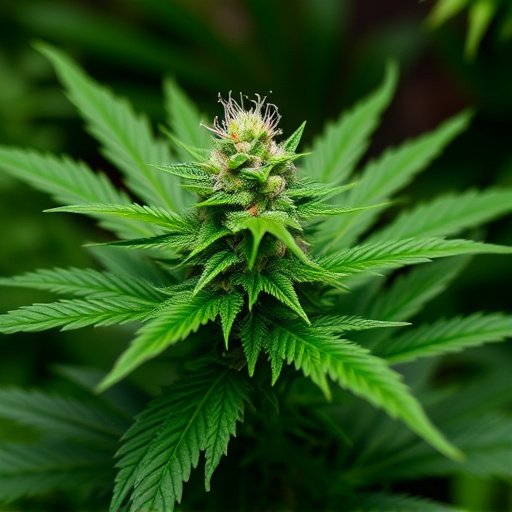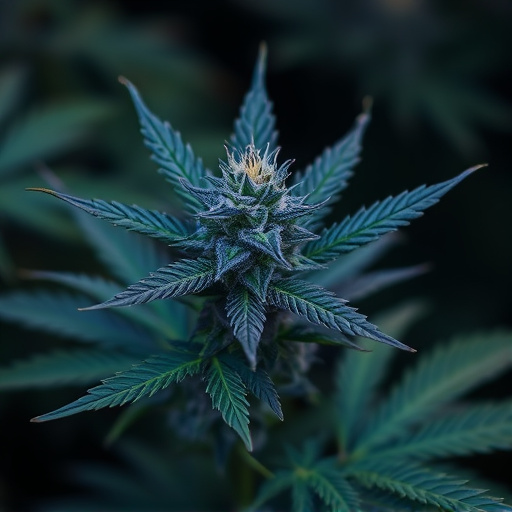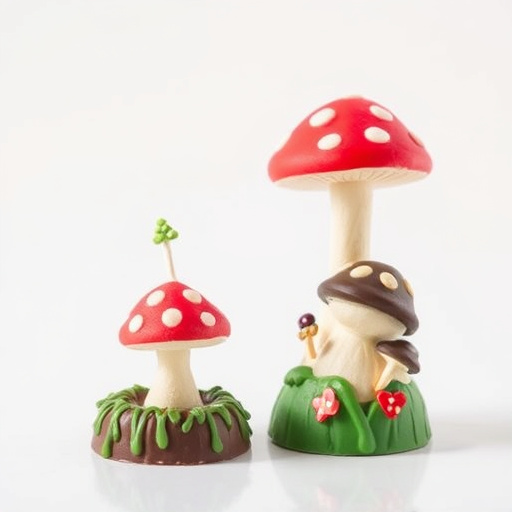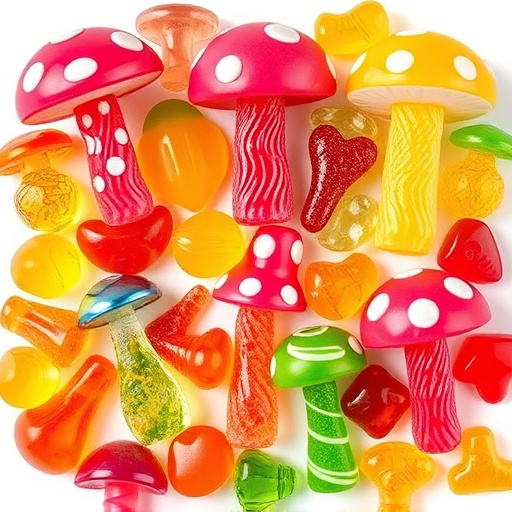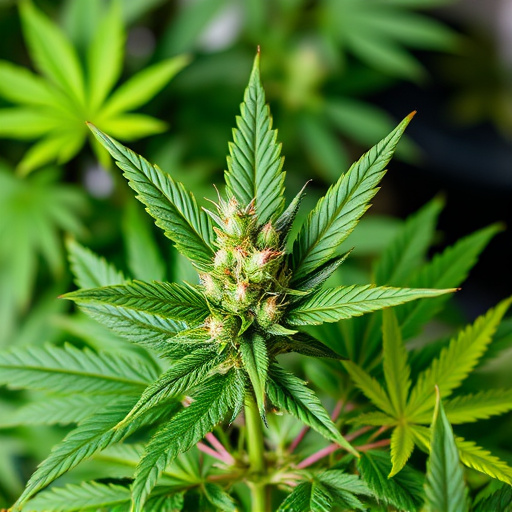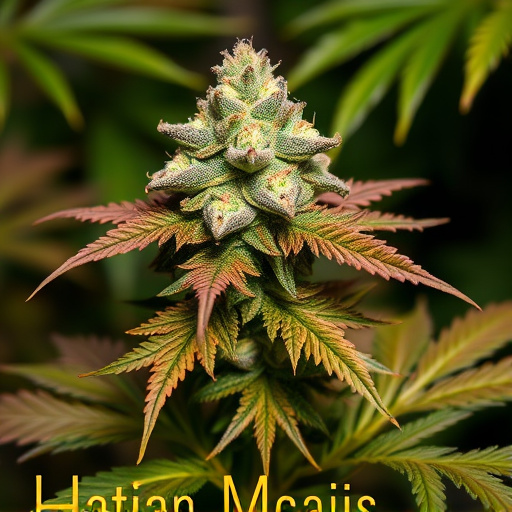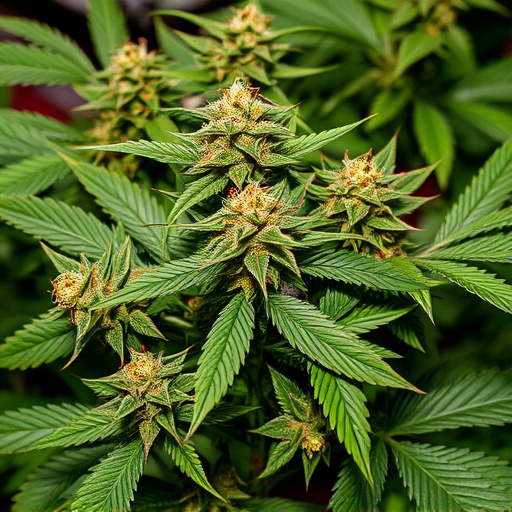Jamaican weed strains, known for high THC and diverse cannabinoid profiles, interact with the body's endocannabinoid system (ECS) to produce varied effects ranging from relaxation and reduced anxiety to enhanced creativity. The unique terpene combinations in these strains cater to individual preferences and offer potential therapeutic benefits. Understanding the interplay between THC, CBD, terpenes, and ECS receptors is crucial for appreciating the multifaceted impact of Jamaican weed on users' experiences.
“Discover the captivating world of Jamaican weed strains and their diverse effects on individuals. This article delves into the science behind these potent plants, exploring how their unique chemical composition interacts with our bodies’ endocannabinoid system. We’ll uncover the role of key cannabinoids like THC and CBD in shaping varying user experiences. Factors such as age, gender, and mental health play a part in individual responses, making each person’s journey with Jamaican weed strains truly one-of-a-kind. Prepare to explore the therapeutic potential of these strains for relaxation, energy, pain relief, and sleep.”
- The Science Behind Cannabis Flower Effects
- – Exploring the chemical composition of Jamaican weed strains and how it interacts with the endocannabinoid system.
- – Discussing the role of THC, CBD, and other cannabinoids in varying effects on users.
The Science Behind Cannabis Flower Effects
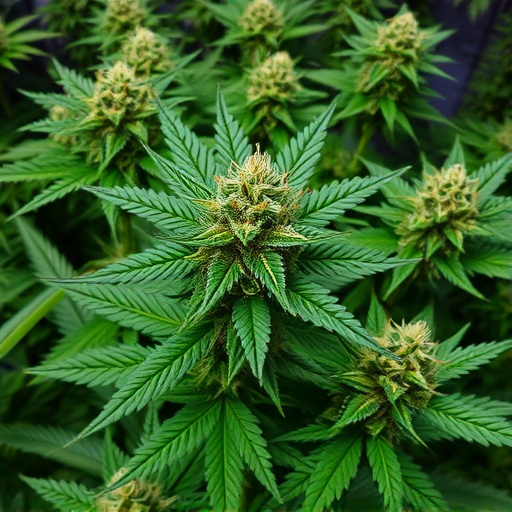
The effects of cannabis flower on individuals are a subject of ongoing scientific exploration, with research uncovering complex interactions between various compounds, known as cannabinoids, and our bodies’ intricate systems. One particular strain that has gained attention for its unique profile is Jamaican weed strains, renowned for their potent therapeutic properties. These strains often contain elevated levels of tetrahydrocannabinol (THC), the primary psychoactive compound responsible for the ‘high’ associated with cannabis use. However, it’s not just THC that plays a role; cannabidiol (CBD) and other cannabinoids also contribute to the overall effect.
Scientists have discovered that when cannabis is consumed, these compounds bind to specific receptors in our endocannabinoid system, which regulates numerous physiological processes, including mood, memory, and pain perception. This interaction can lead to diverse experiences, ranging from relaxation and reduced anxiety to increased creativity and sensory enhancement. The variability in effects is partly explained by individual differences in receptor sensitivity and the unique chemical composition of different cannabis strains, like Jamaican weed varieties, each offering a distinct combination of cannabinoids that may cater to specific user preferences and therapeutic needs.
– Exploring the chemical composition of Jamaican weed strains and how it interacts with the endocannabinoid system.
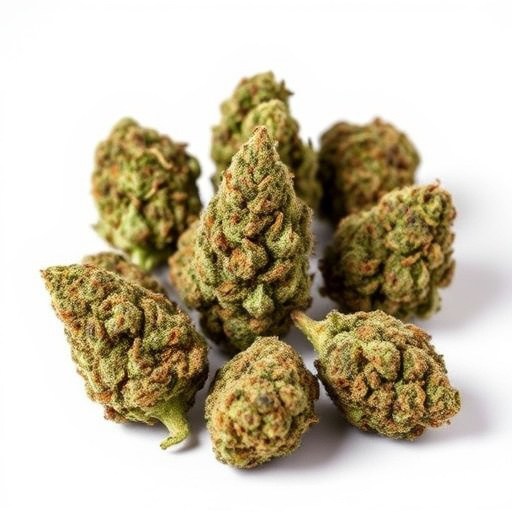
The chemical composition of Jamaican weed strains sets them apart from other varieties, contributing to their unique effects on users. Known for their high THC content, these strains also often contain a diverse array of terpenes—organic compounds responsible for flavour and aroma. The interaction between THC and terpenes creates a complex profile that influences how different individuals perceive and experience cannabis.
The endocannabinoid system (ECS), a physiological system present in all humans, plays a pivotal role in regulating various bodily functions, including mood, memory, pain perception, and appetite. Cannabis compounds, particularly THC, interact with the ECS by binding to receptors called CB1 and CB2. This interaction can lead to a range of effects, from euphoria and relaxation to increased heart rate and heightened sensory perception. Understanding this intricate dance between Jamaican weed strains’ chemicals and the endocannabinoid system is key to appreciating the multifaceted ways these strains affect different people.
– Discussing the role of THC, CBD, and other cannabinoids in varying effects on users.
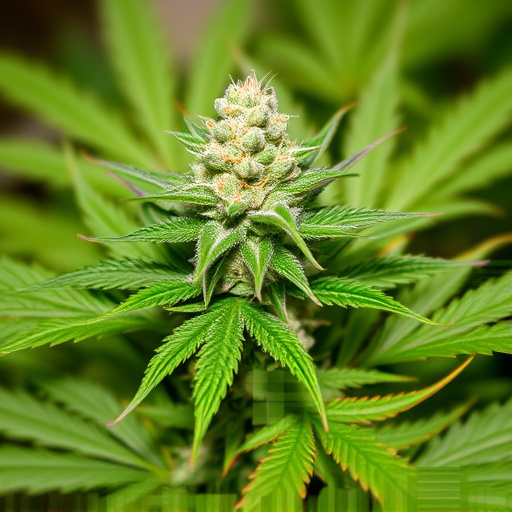
Cannabis flowers offer a complex mix of cannabinoids, with tetrahydrocannabinol (THC) and cannabidiol (CBD) being the most well-known. These compounds play a significant role in the plant’s therapeutic potential and its varying effects on individuals. THC is primarily responsible for the psychoactive experiences associated with cannabis, inducing feelings of euphoria and relaxation or, for some, anxiety and paranoia. Its potency varies greatly among different Jamaican weed strains, known for their unique profiles.
In contrast, CBD doesn’t produce any intoxicating effects but has gained popularity for its potential therapeutic benefits. Research suggests it may help reduce inflammation, alleviate pain, and even support mental health by influencing serotonin receptors. The interaction of THC and CBD, as well as other minor cannabinoids, contributes to the complex experience of using cannabis, making each strain a unique blend with distinct effects on different users.
Cannabis flower’s impact on individuals is a complex dance between its unique chemical composition, specifically the Jamaikan weed strain’s profile, and each user’s endocannabinoid system. The interplay of THC, CBD, and other cannabinoids determines the range of effects, from relaxation to stimulation. Understanding this dynamic relationship empowers users to make informed choices, ensuring their cannabis experience aligns with their desired outcomes. Whether seeking relief or an enhanced sensory journey, the science behind Jamaican weed strains offers a captivating glimpse into the diverse world of cannabis.

